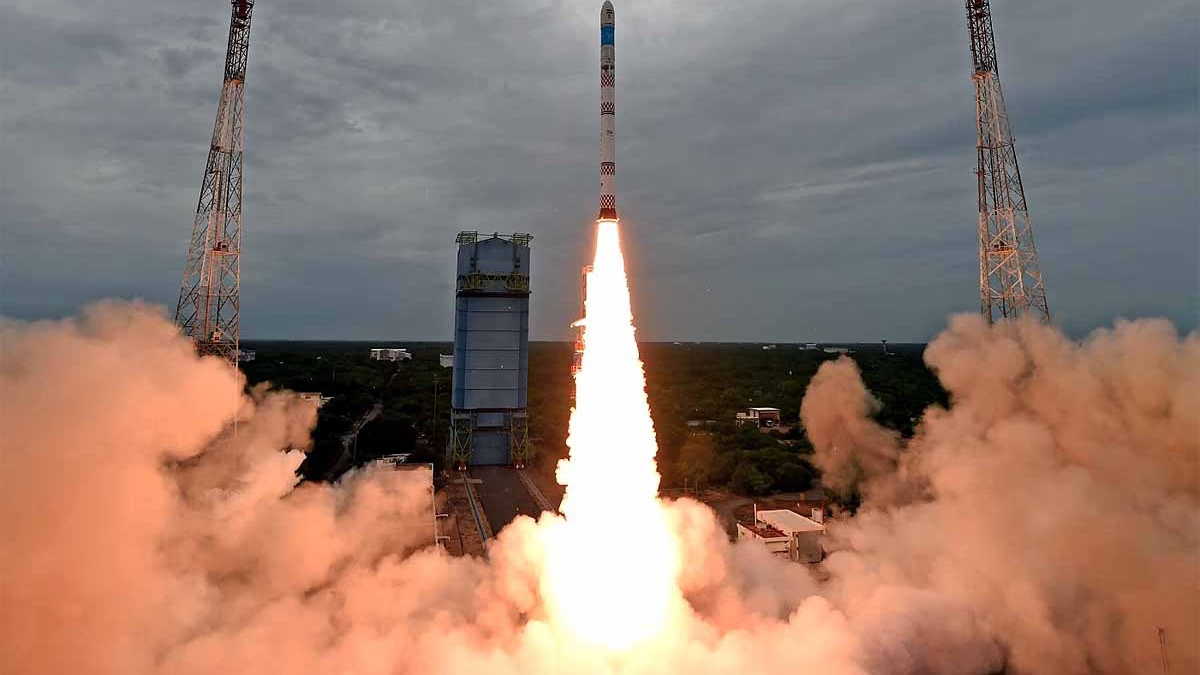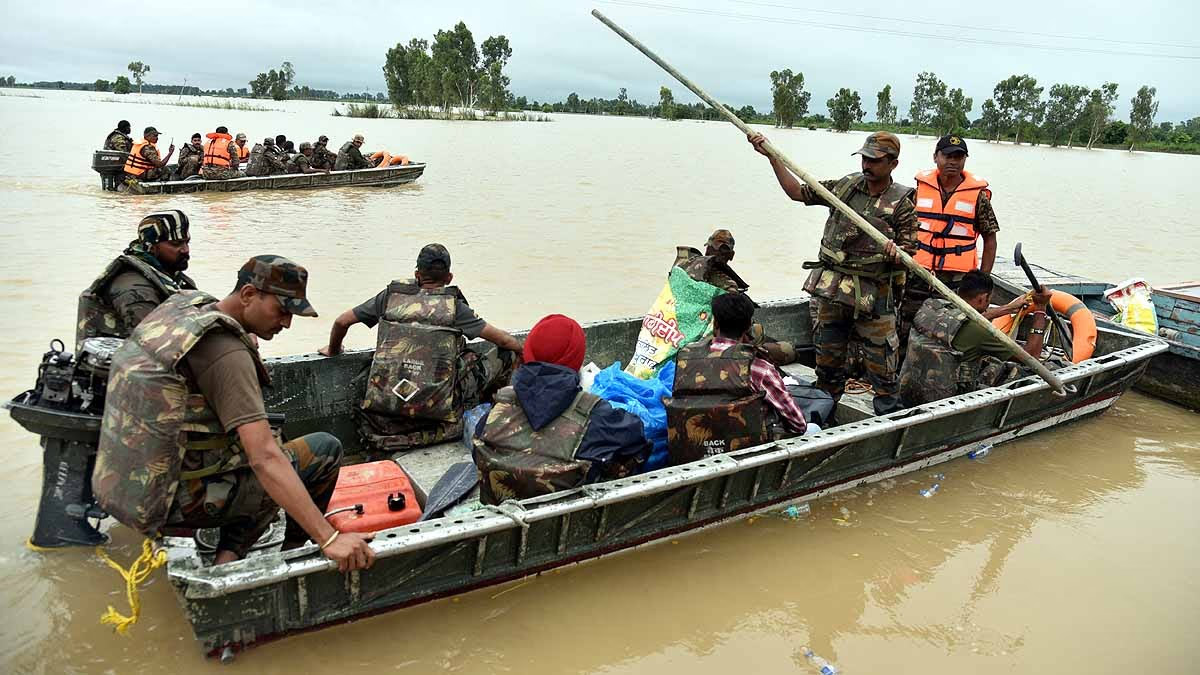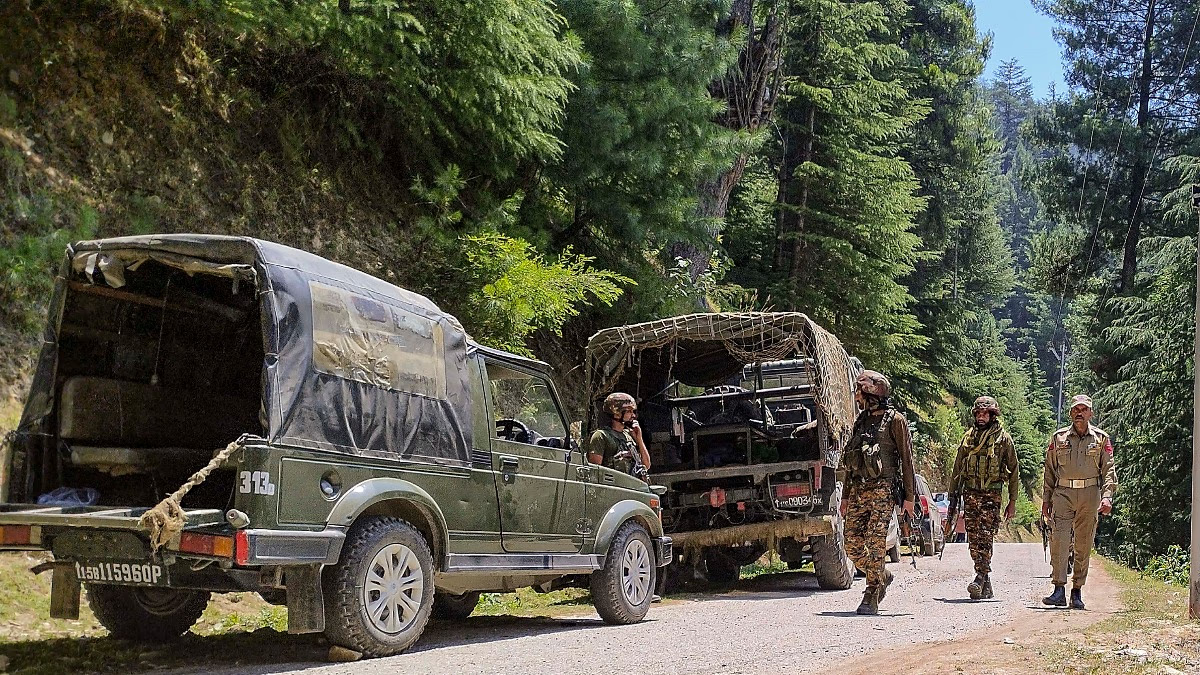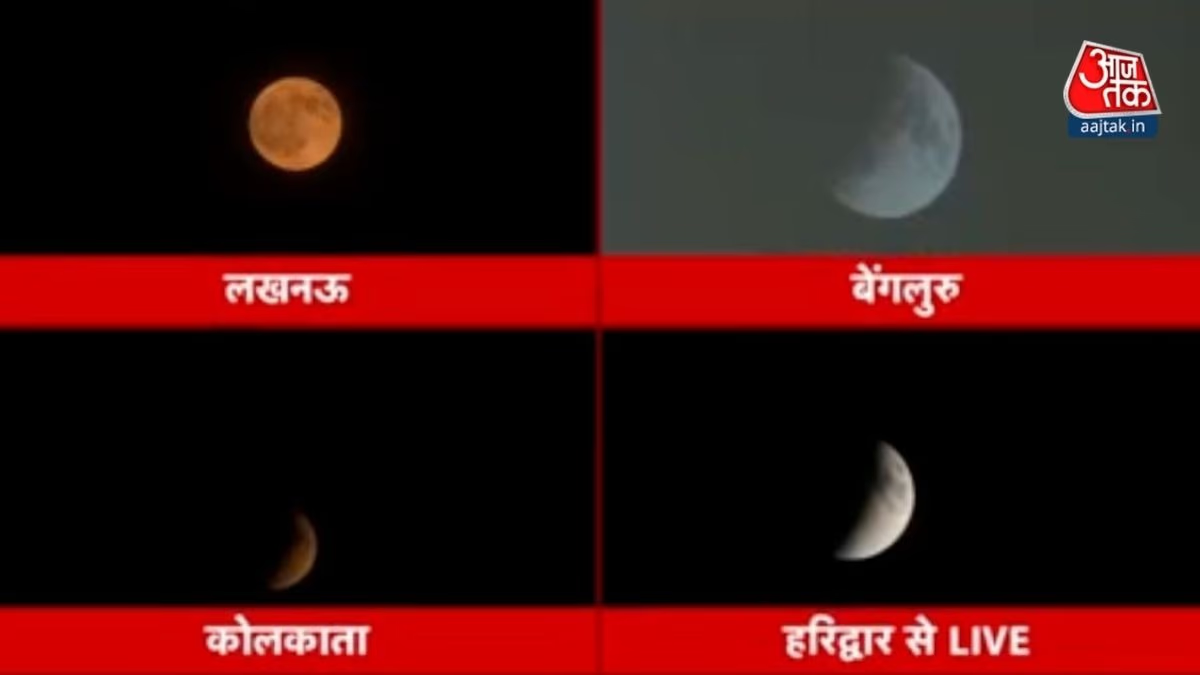On the morning of August 16, 2024, at 9:17 a.m., ISRO successfully launched the SSLV-D3 rocket from the Satish Dhawan Space Centre in Sriharikota. The rocket carried the new Earth observation satellite EOS-8. Additionally, a small satellite, SR-0 DEMOSAT, was launched as a passenger satellite. Both satellites were placed in a circular orbit 475 km above Earth.
After the successful launch, ISRO Chairman Dr. S. Somanath stated that the launch was successful, and the satellite had reached its designated position. He confirmed that this was the third demonstration flight of the SSLV rocket. ISRO will now share technical details of the rocket with the industry to facilitate mass production and increase the launch of small satellites.
First, let’s understand why today’s launch was historic:
What is the SSLV-D3 Rocket?
SSLV stands for Small Satellite Launch Vehicle, and D3 denotes the third demonstration flight. This rocket is intended for launching mini, micro, and nano satellites.
Also read: The Father of Agni Missile, Famous Scientist Dr. Ram Narayan Agarwal, Passes Away
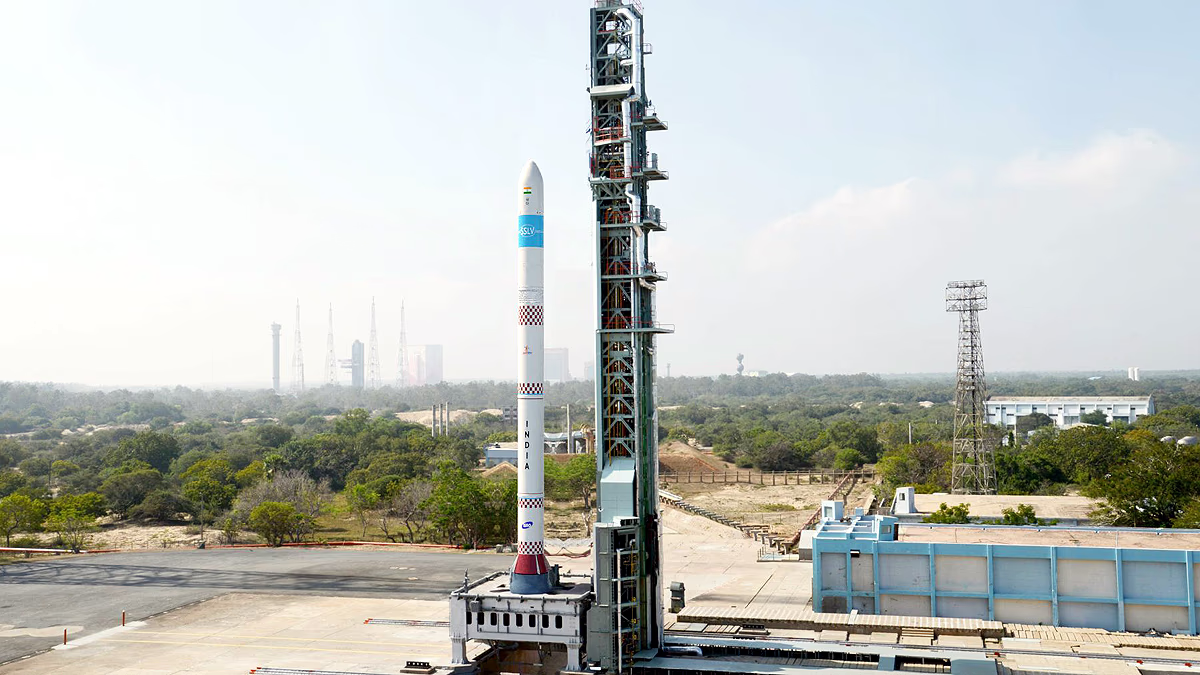
Source: aajtak
It can send satellites weighing up to 500kg into low Earth orbit below 500km or 300kg satellites into sun-synchronous orbit, which is above 500km. In this launch, it will ascend to an altitude of 475 kilometers to deploy the satellite.
The SSLV rocket is 34 meters tall, 2 meters in diameter, and weighs 120 tons. It can carry payloads ranging from 10 to 500kg to an altitude of 500 km. The SSLV can be readied in just 72 hours and is launched from the Satish Dhawan Space Centre's launch pad in Sriharikota.
Also read: DRDO Develops New Armoured Vehicle WhAP for the Indian Army, Praised by Anand Mahindra
EOS-8 Satellite: Early Disaster Alerts
The Earth Observation Satellite EOS-8 will focus on monitoring the environment, disaster management, and technical demonstration. Weighing 175.5kg, this satellite carries three state-of-the-art payloads: Electro-Optical Infrared Payload (EOIR), Global Navigation Satellite System Reflectometry Payload (GNSS-R), and Silicon Carbide UV Dosimeter (SiC UV Dosimeter). The EOIR will capture mid and long-wave infrared images day and night.
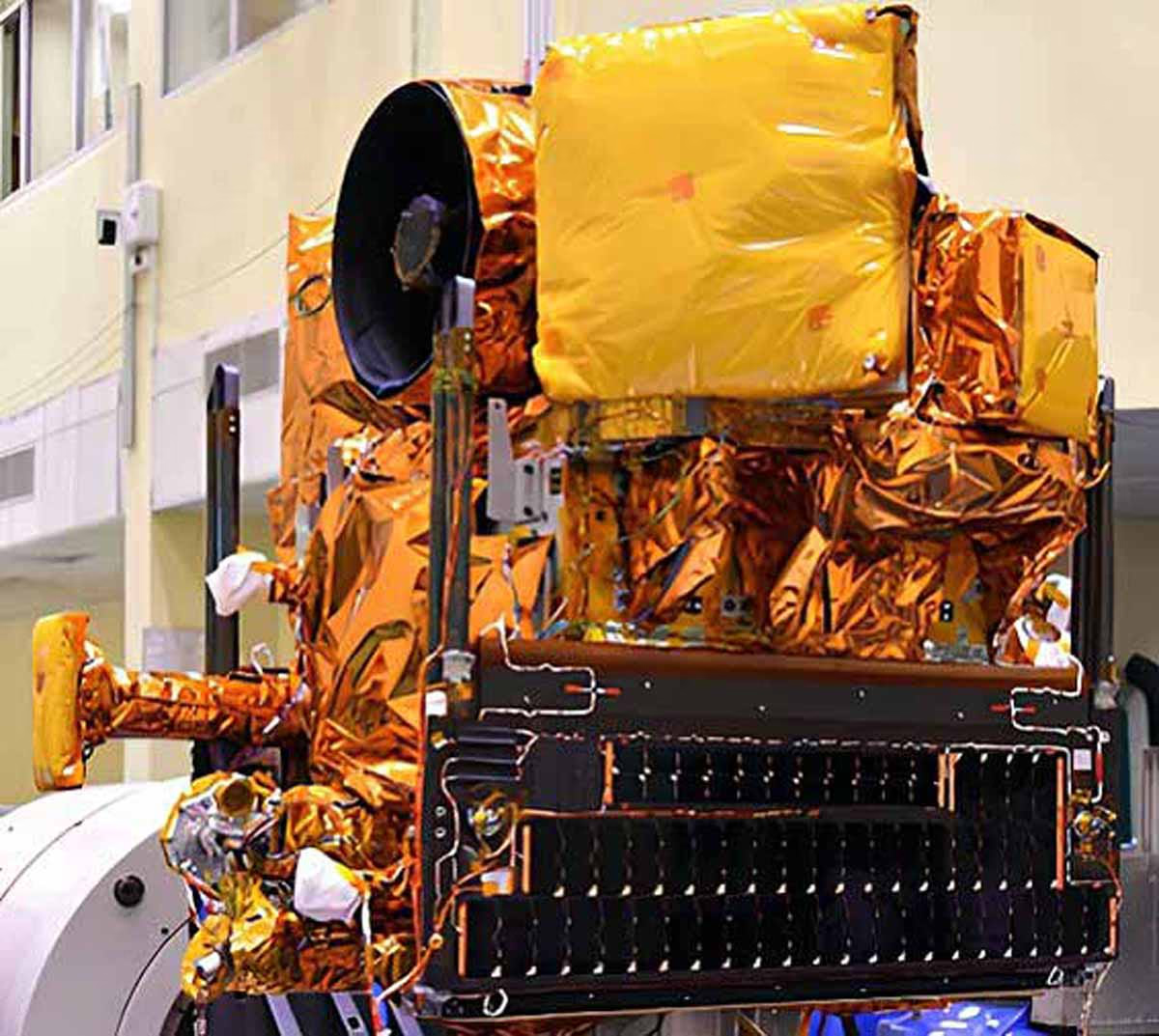
Source: aajtak
Safeguarding Earth from Natural Disasters
These images will provide information about disasters such as forest fires and volcanic activities. Through GNSS-R, atmospheric conditions over oceans, soil moisture, and flooding can be analyzed. The SiC UV Dosimeter will measure ultraviolet radiation, aiding the Gaganyaan mission.
Assisting in Communication and Positioning
The EOS-8 satellite will orbit the Earth in a low orbit at an altitude of 475 kilometers, providing several other technical aids. It features an integrated avionics system combining communication, baseband, storage, and positioning (CBSP) packages, with a data storage capacity of 400 GB.
Also read: National Space Day 2024: ISRO Releases Video of Gaganyaan Astronauts’ Training
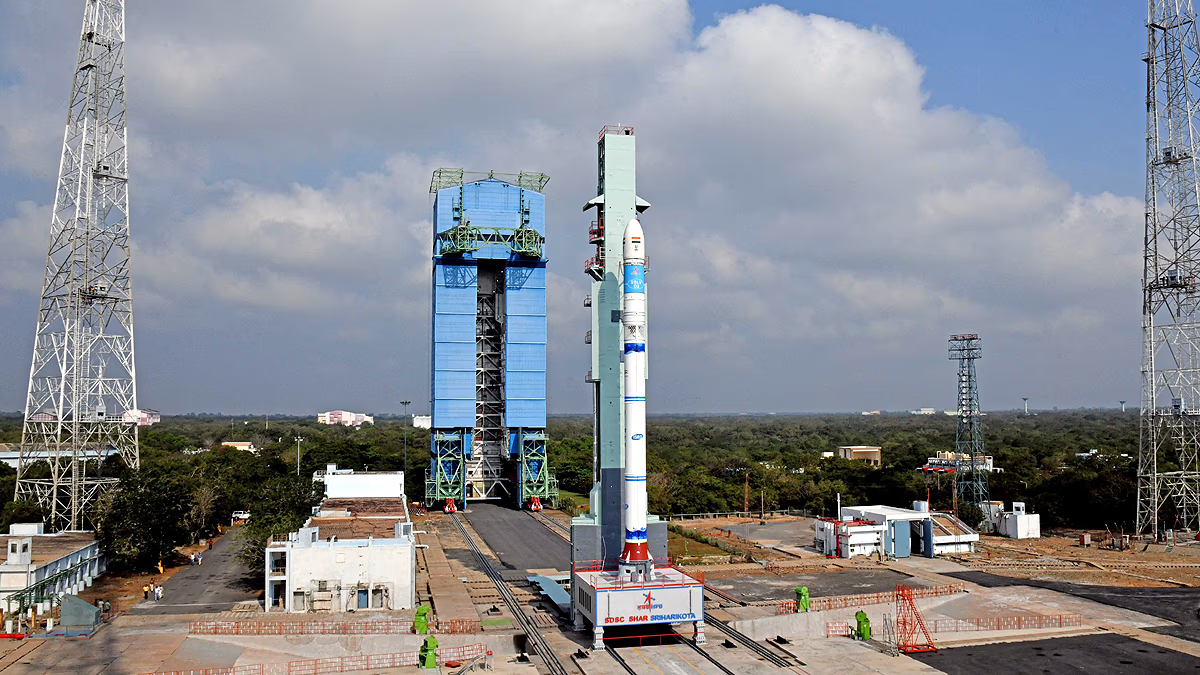
Source: aajtak
What Benefits Will This Mission Bring to the Nation?
The mission has a lifespan of one year. Following this launch, the SSLV-D3 will officially be considered an operational rocket. Previously, the rocket had two flights: SSLV-D1 on August 7, 2022, and SSLV-D2 on February 10, 2023. The latter launched three satellites: EOS-07, Janus-1, and AzaadiSAT-2.
Cost-Effective Compared to PSLV
There is a growing global market for launching small satellites, leading ISRO to develop this rocket. The cost of an SSLV rocket is 30 crores ($4.5 million), whereas a PSLV (Polar Satellite Launch Vehicle) rocket costs between 130 to 200 crores ($19.5 to $30 million).
